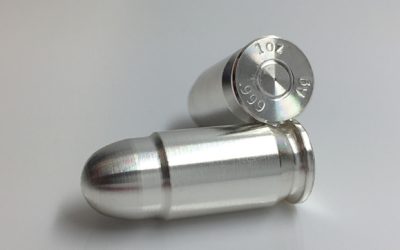No sane personal turns off their headlines and attempts to drive down a road at night. Cars have headlights for a reason: to illuminate what’s ahead and help you get where you are going. Mirrors and gauges serve similar purposes. Businesses are no different. You...
INSIGHTS
Thoughts on strategy and operations from a Fractional COO
Can you afford to grow? Can you afford not to?
Growth: Can you afford it? "Grow or die!" is a common, well-accepted business principal. Businesses must innovate, stay relevant, seek new customers, add locations, and offer new products. But growth brings its own challenges. You have more products/services to...
The Silver Bullet
Are you searching for a software solution that will transform your business? Or maybe your company is just one great hire from kicking it into another gear. Perhaps you are on the verge of implementing a new program rally your team. You are hoping for a silver bullet....
Structure
When many people hear the word "structure" in a business sense, they immediately think about the organizational structure or the org chart. That's an important element of structure, but it is not the only one by far. In the Operations hierarchy, Structure is any...
Ready to take your first step towards breaking through to a new level of performance?
Then let’s hop on a call and see if System & Soul is right for you.





